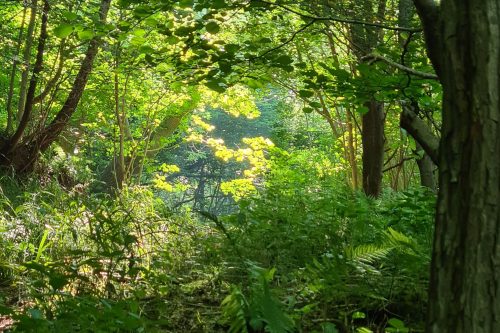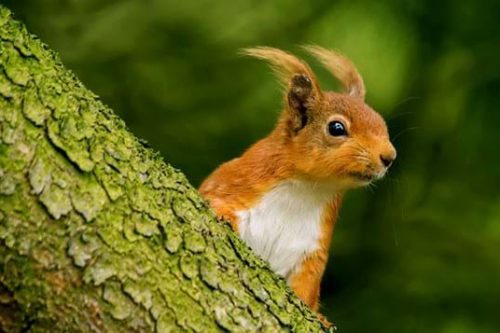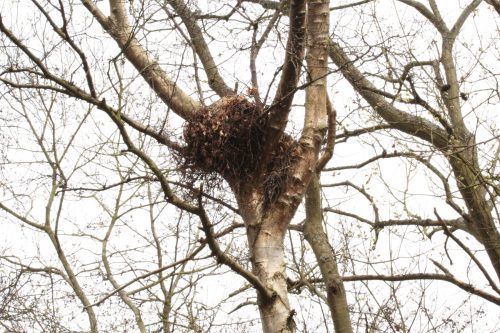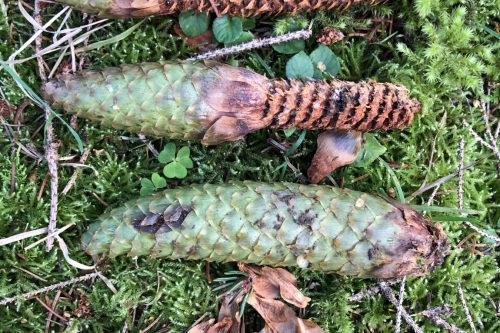How to See Red Squirrels
Take a long walk in a nice big woodland with a pair of binoculars, right? Well yes, that would be a good start but if only it were that simple!
Red squirrels unlike their grey counterparts, are often very shy and will likely know you are looking for them long before you catch sight of one.
Where humans and squirrels cohabit in close proximity, they will with time build confidence to show themselves travelling through gardens, gladed woodlands and go about their daily business undeterred by watching humans.
In the wild however, it can be a very different story…
When is best?
What ever the time of year, squirrels are most active not long after dawn and late afternoon.
During the summer months, they will often chill out in the heat of the midday sun high in the canopy (they may even be seen having a snooze!) so with little activity, they can be hard to find.
Late summer and early autumn you will find them busy feeding on the natural harvest which can include hazel nuts, beech mast, berries and ripe acorns. With luck you may also see them ‘caching’ (burying) their finds to get them through the winter months.
In the depths of winter, they may choose to conserve energy. Once again, they’ll be out early in the day to find some food but just like us, if the weather is horrid (torrential rain or howling winds) they may just stay at home tucked up warm in their dreys (a squirrel nest).
Early spring is when they begin their mating rituals so will be more active in the woods and if fortunate enough, can be seen chasing each other around trees as part of their mate selection.
What to look for
A tell-tale sign of red squirrels being in the area are dreys and feeding signs.
Red squirrel dreys are often smaller than grey squirrel dreys, about the size of a football and unlike bird’s nests, they are a complete ball of twigs, branches and leaves. They are normally three quarters of the way up the tree and close to the trunk. Feeding signs are another great indicator to look for as you walk through woodlands. Conifer cones (Scots pine, Larch and Firs are amongst their favourite) stripped of their outer scales, laying on the floor can often be the first clue to squirrels being active in the area.
Where to see red squirrels
See our Red Squirrel Locations page for some location suggestions in our area of conservation operations.
Alternatively contact one of our Rangers (see the Report Sightings page) to seek advice for a specific area or just to enquire.
As with all wildlife, nothing is guaranteed but put in the effort and not giving up will almost certainly produce priceless results.
Top tips
- If the wood is not a public access wood, make sure you have permission to be in there.
- Have a good pair of binoculars (or better still, a thermal imaging unit).
- For photography, a decent zoom lens will help. If you try to move in too close, they’ll be off!
- If you have a dog leave them at home as more often than not, they’ll scare off any squirrels.
- Walk slowly stopping frequently and waiting for several minutes before moving on.
- Autumn/winter – scan around at ground level. Spring/Summer keep an eye out in the trees.
- Be patient. Sitting still at the right time in an area with dreys or lots of feeding signs can reap rewards.




